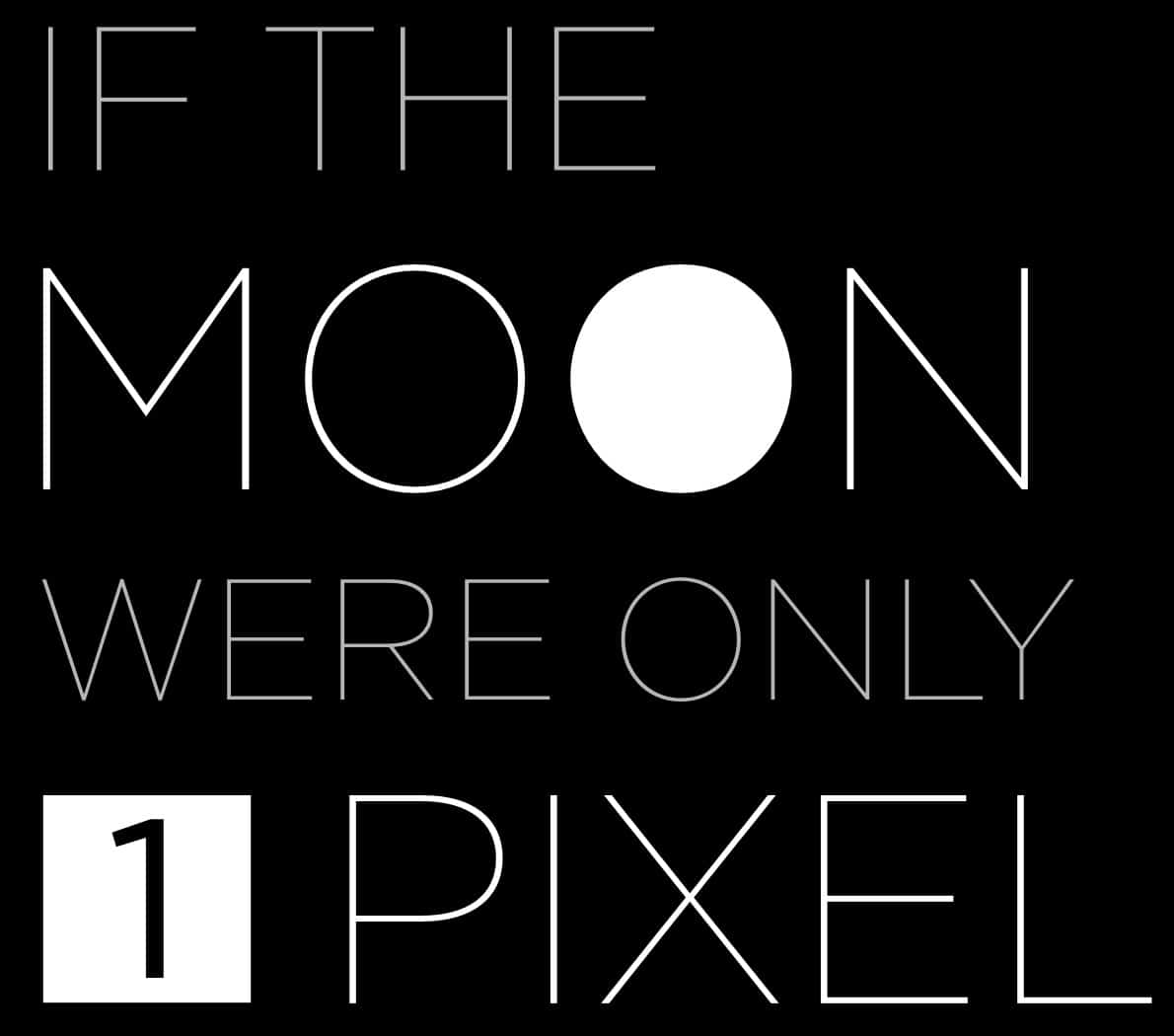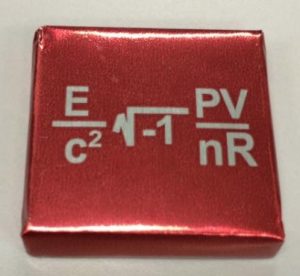The Universe is So Vast It’ll Tire Your Fingers! What If the Moon Was Just One Pixel?
I’m Ken Kuwako, a Science Trainer, and for me, every day is an experiment!
What if the Moon Was Just a Single Pixel? A Vast Solar System Journey at Your Fingertips!
Have you ever seen a single, glowing “pixel” on your computer screen? That tiny dot holds the key to experiencing our magnificent solar system on an epic scale. Can you imagine it?
What if the big, bright Moon (3,474 km in diameter) was shrunk down to just one pixel? How big would our Earth be? And what about the enormous Sun and all the planets orbiting it? How big and how far away would they really be?
There’s an incredible website that answers these mind-boggling questions with a simple scroll. Today, let’s use this site as our “spaceship” and embark on an adventure to grasp the true scale of the solar system!

http://joshworth.com/dev/pixelspace/pixelspace_solarsystem.html
This journey might just completely change how you see the universe.
Ready for an Endless Void? Let’s Go!
First, navigate to the website. Don’t be alarmed by the black screen—this is our starting point, the vast expanse of space.
Now, press the right arrow key (→) on your keyboard. Your journey through the cosmos, moving at the speed of light, begins now!
To the Sun, and a Searing Hot Mercury
Keep scrolling to the right… and suddenly, a massive ball of light appears! This is the center of our solar system: the Sun. If the Moon is 1 pixel, the Sun is an incredible 400 pixels in diameter. Its sheer size will stun you.
Guided by the Sun’s gravity, we continue our journey. But the next planet seems to take forever to appear. The endless darkness… This is the vast emptiness of space (a vacuum) that makes up most of the universe.
And after a seemingly endless scroll, you finally see the first planet, Mercury. It’s so small, and yet so incredibly far away! We tend to think of it as being right next to the Sun, but in reality, it’s this far. By the way, Mercury is a brutal world: a scorching 400°C during the day and a freezing -170°C at night. With virtually no atmosphere, it can’t hold the sun’s heat, leading to this extreme temperature swing.
To Our Miracle Planet, Earth! And the Distant Rings of Saturn
Past Mercury, past Venus… Keep hammering that right key, and you’ll finally reach our familiar blue planet, Earth. Floating alone in this vast, dark universe, this oasis of life is nothing short of a miracle. It’s truly a moving sight!
By now, your finger might be getting tired. The journey to Mars, then Jupiter… is even tougher. “I really want to see Saturn’s beautiful rings, but I can’t do this on my own…”
If that’s what you’re thinking, look at the top of the screen. You’ll see “Warp Buttons” with the names of the planets! Click one, and you can instantly jump to your destination.
Warping to Saturn reveals a breathtaking sight. Those beautiful rings are actually like “rivers of ice,” made up of countless bits of ice and rock. Be sure to see this mystical sight with your own eyes.
The End of the Journey
This cosmic journey teaches us an important lesson: just how vast and “empty” the universe really is. And in such a solitary space, planets orbit the sun in a miraculous balance. It makes you realize how truly precious our planet Earth is—a cradle of life unlike any other.
This journey reveals the true scale of the solar system in a way that textbook pictures never could. Go on this epic trip at least once. It’s guaranteed to make your view of the night sky a little different!
Contact & Commissioning
We bring the wonders and fun of science closer to you! We’ve put together easy-to-understand tips and fun science experiments you can do at home. Feel free to search for various topics!
・About the manager, Ken Kuwako: here
・For various requests (writing, lectures, experimental classes, TV supervision, appearances, etc.): here
・Article updates are delivered on X!
![]() The Science Channel is distributing experimental videos!
The Science Channel is distributing experimental videos!






